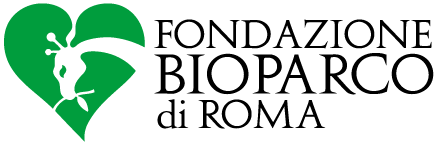Canis lupus
Originally distributed in most of the northern hemisphere, its current range is reduced and fragmented due to human intervention. The wolf, a very adaptable species, frequents a great variety of habitats; in Italy it preferably occupies densely forested mountain areas.
It’s a social animal and it lives in family groups called packs, leaded by the so-called alpha couple, the only one that generally reproduces. Mating takes place in winter and after about 2 months up to six defenceless, blind and deaf cubs are born. They grow quickly and after only 2 months they come out of the den and after 10 months they are able to take part in the hunt of the pack.
The wolf is carnivorous, it has a very variable diet that also includes carcasses of dead animals or even human waste, which cover up to 60% of its diet. It hunts in groups with strategies that allow it to prey on large animals such as deers or wild boars.
It’s not threatened with extinction, but it’s persecuted due to the conflict with human activities and even today poaching represents the greatest cause of mortality for this species.
WHO IS THERE AT THE BIOPARCO?
The Bioparco houses 4 male wolves, all brothers, coming from the Dierenrijk Zoo (Holland): Ice, Zanna and Olaf, born in 2009, and Bianco, born in 2011. Bianco is more solitary, while the other three brothers are more united although they are all very lively and playful. He likes to dig especially to look for food that keepers bury, letting the wolves take advantage of their powerful sense of smell and find it.
Each of them eats about 1.2 kg of meat a day, for 5 days a week which includes, among other things, beef, buffalo, rabbits and quail.







